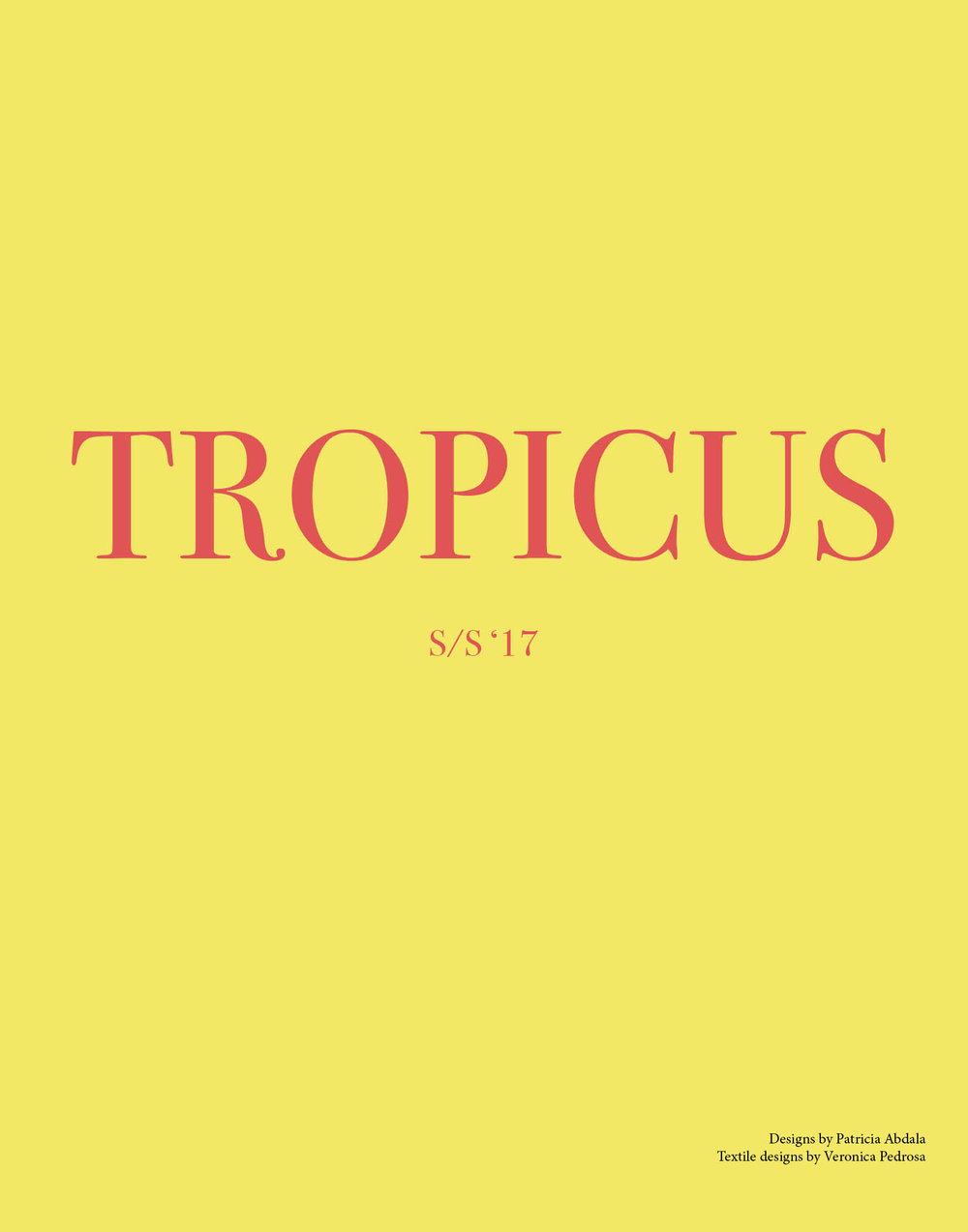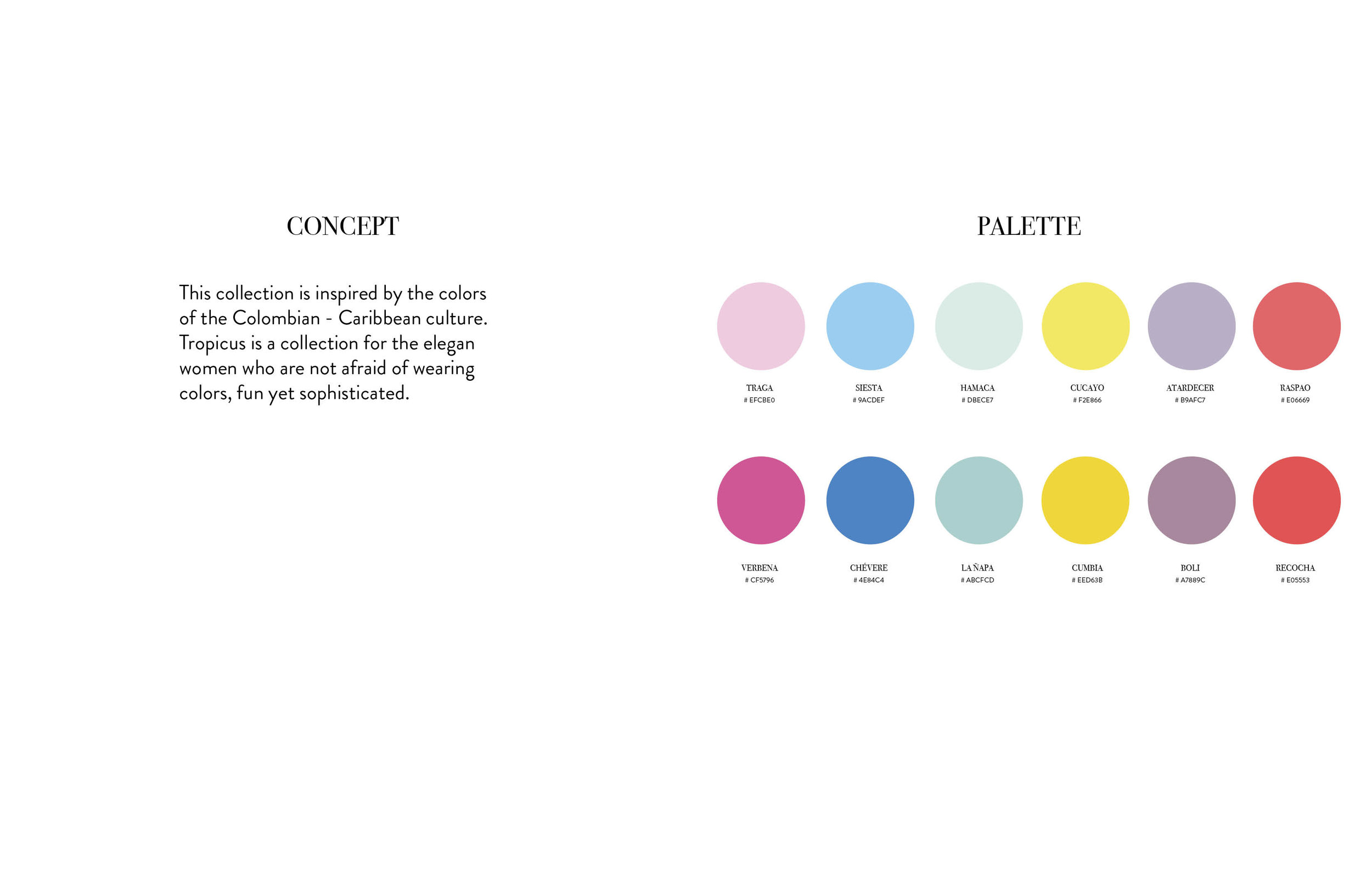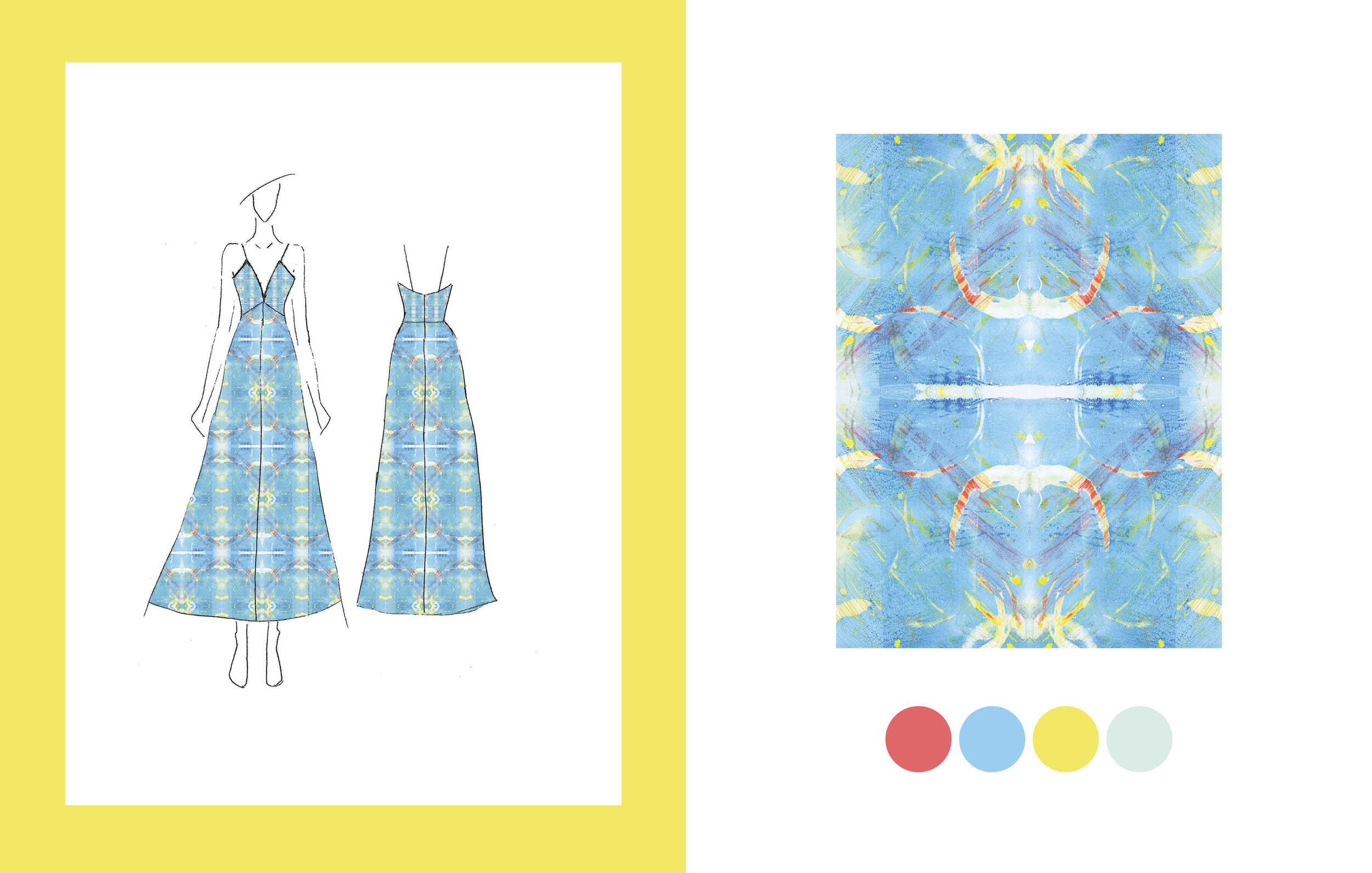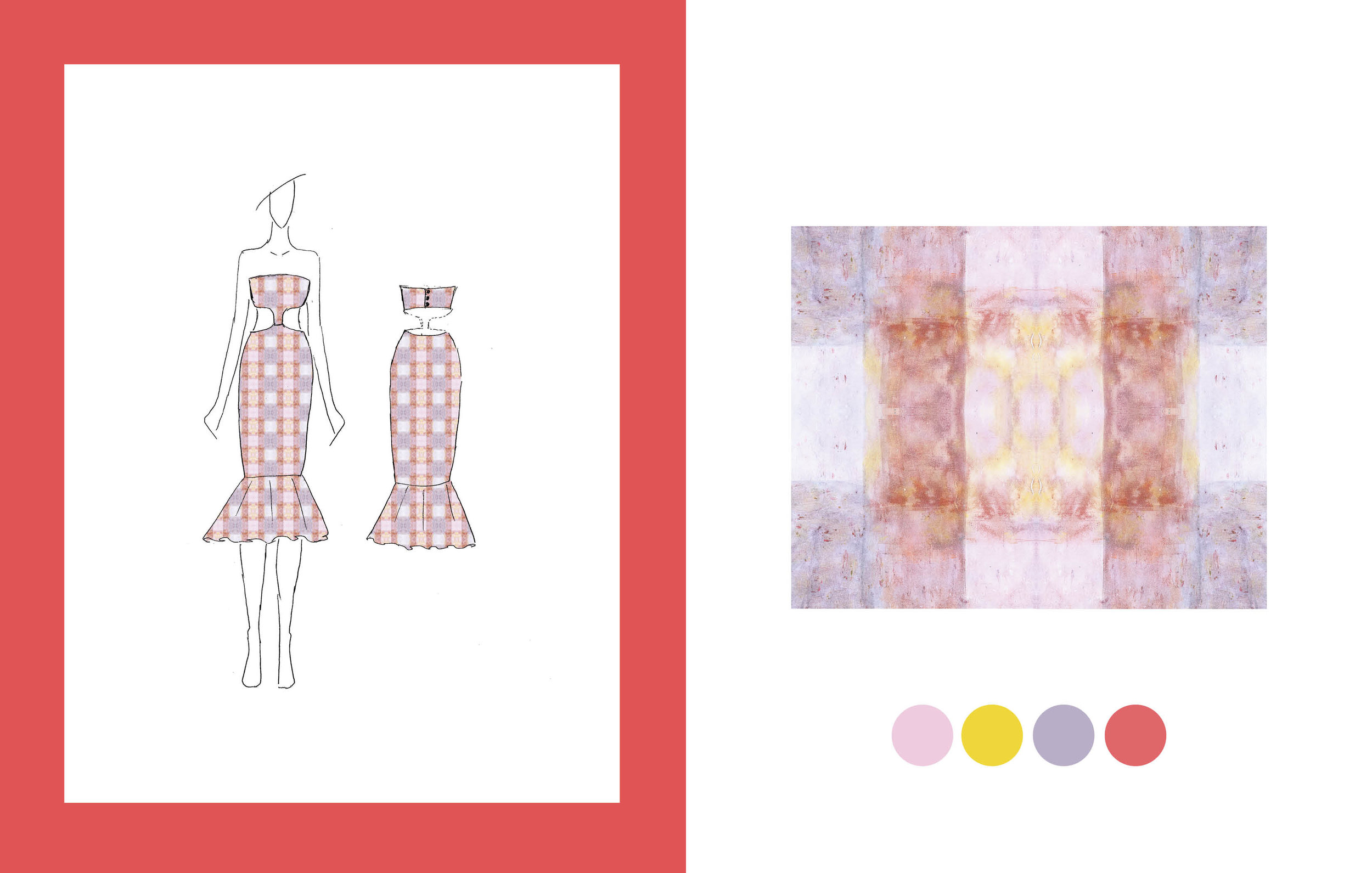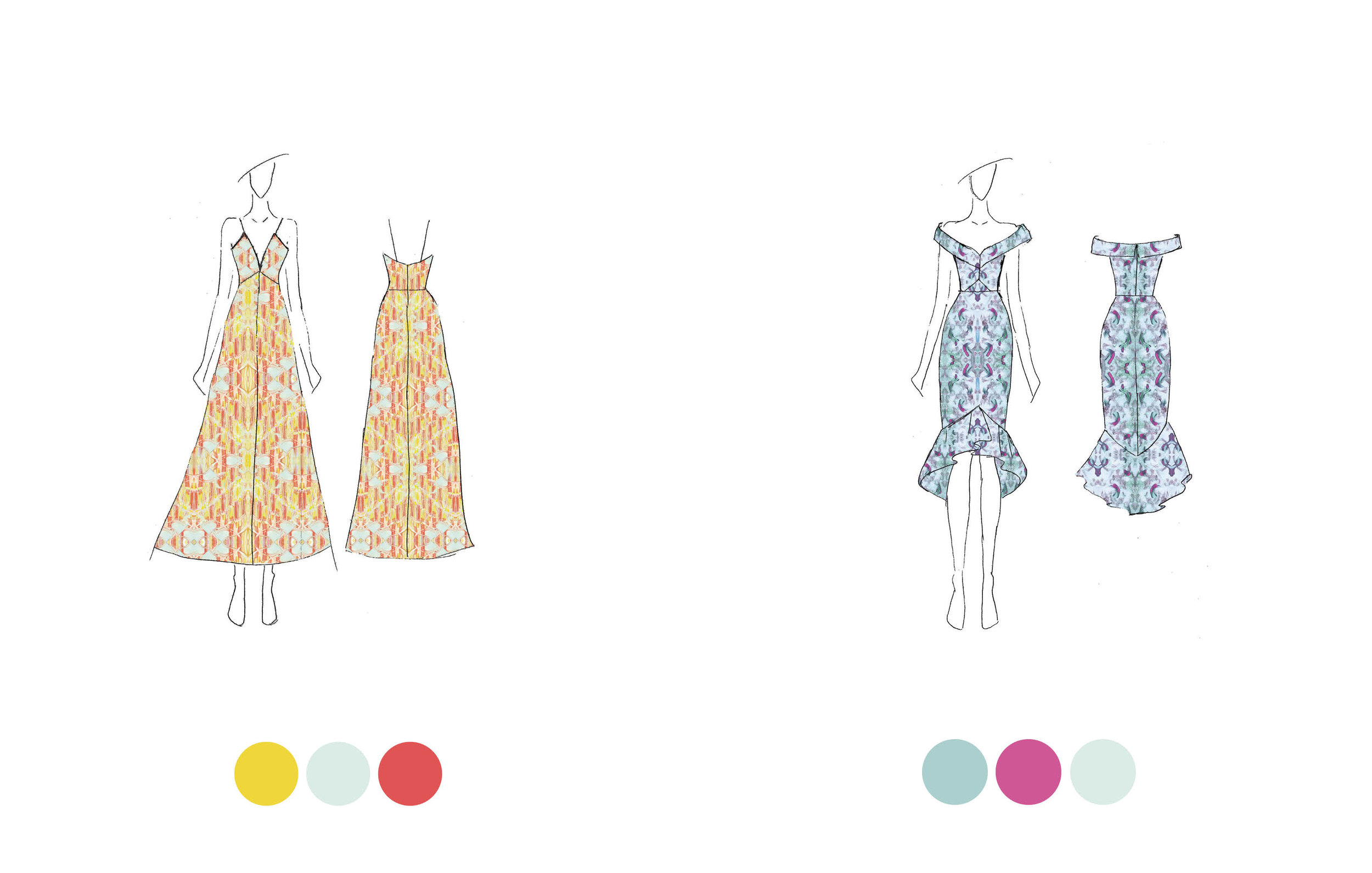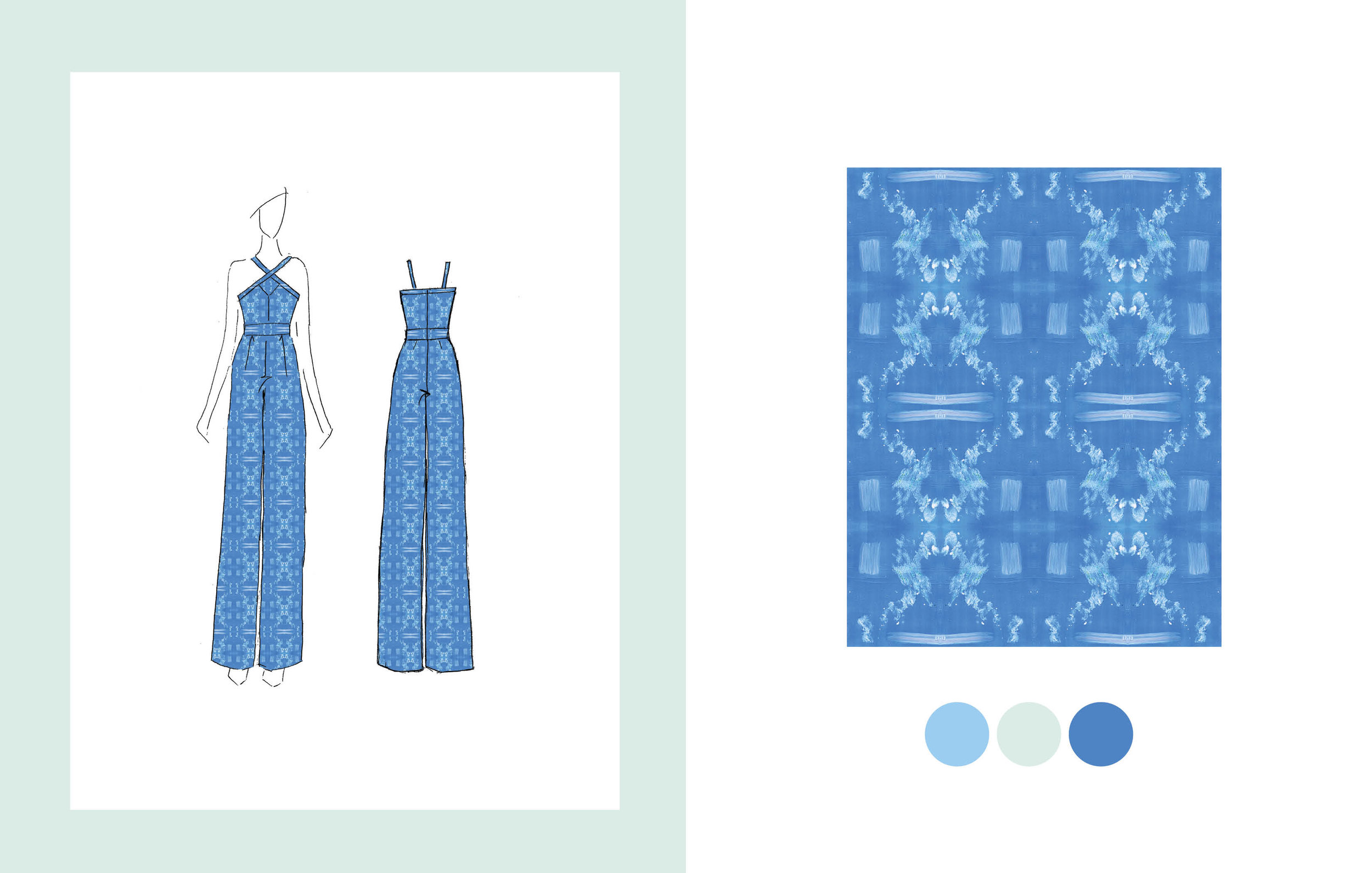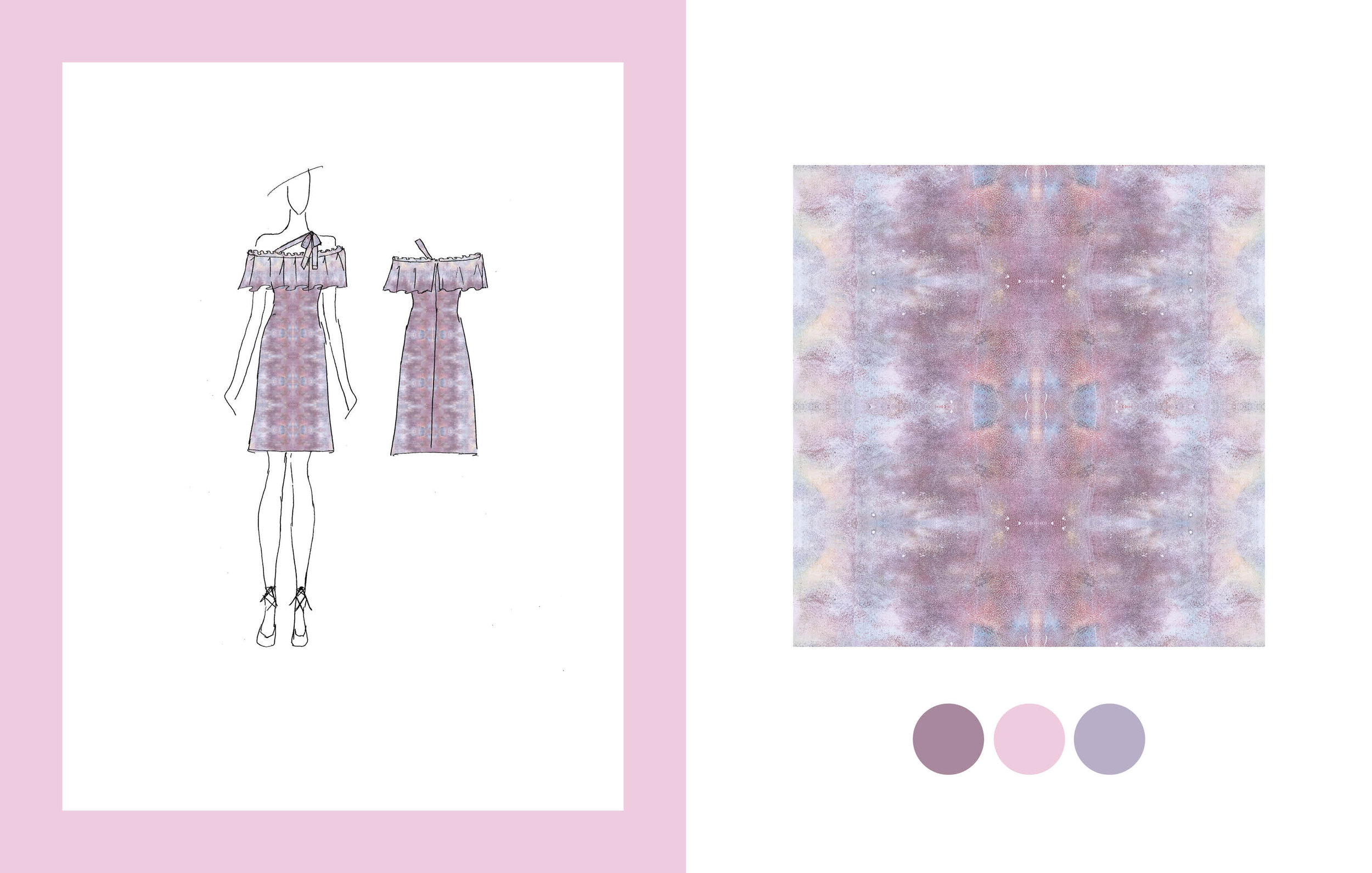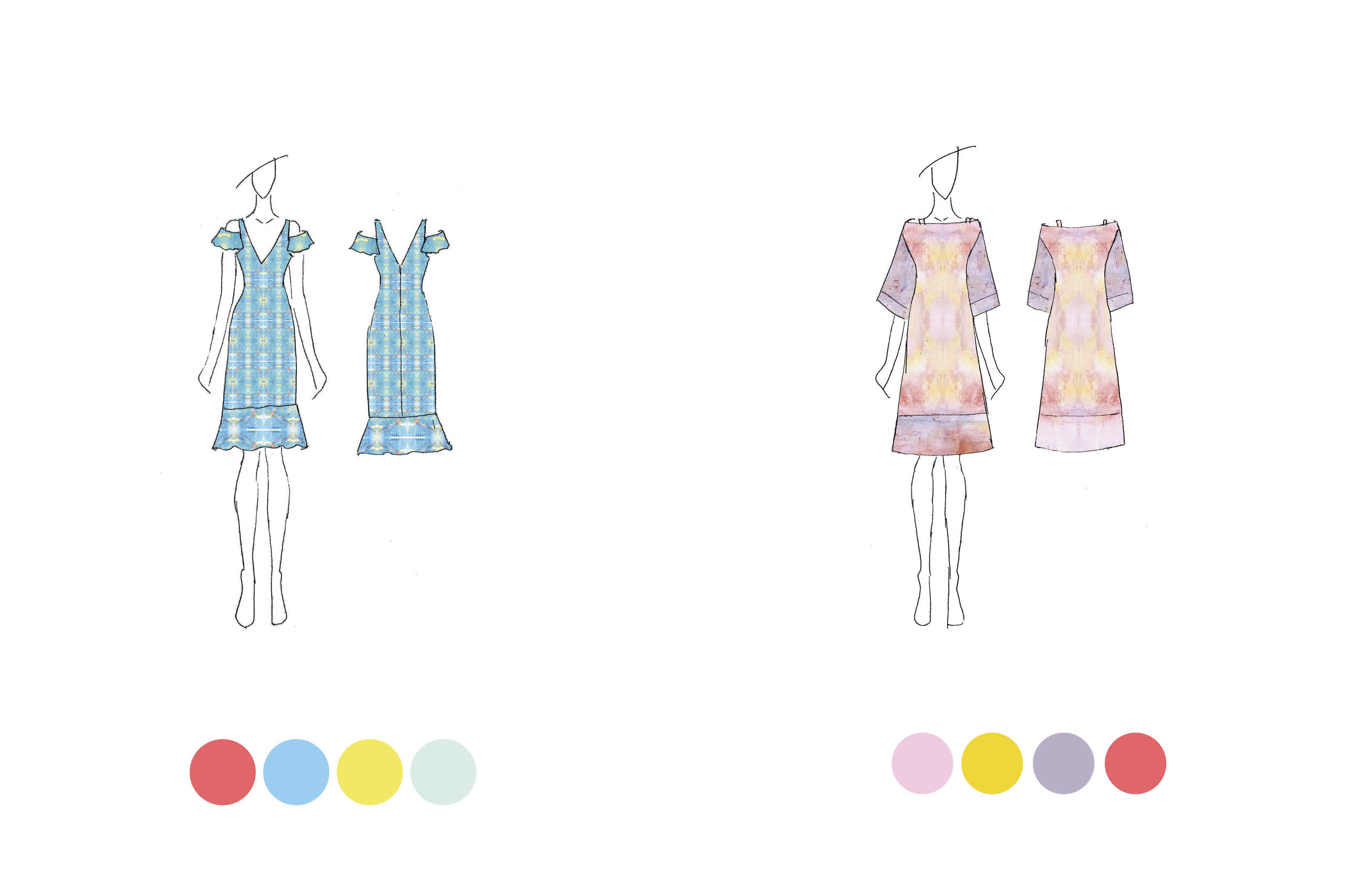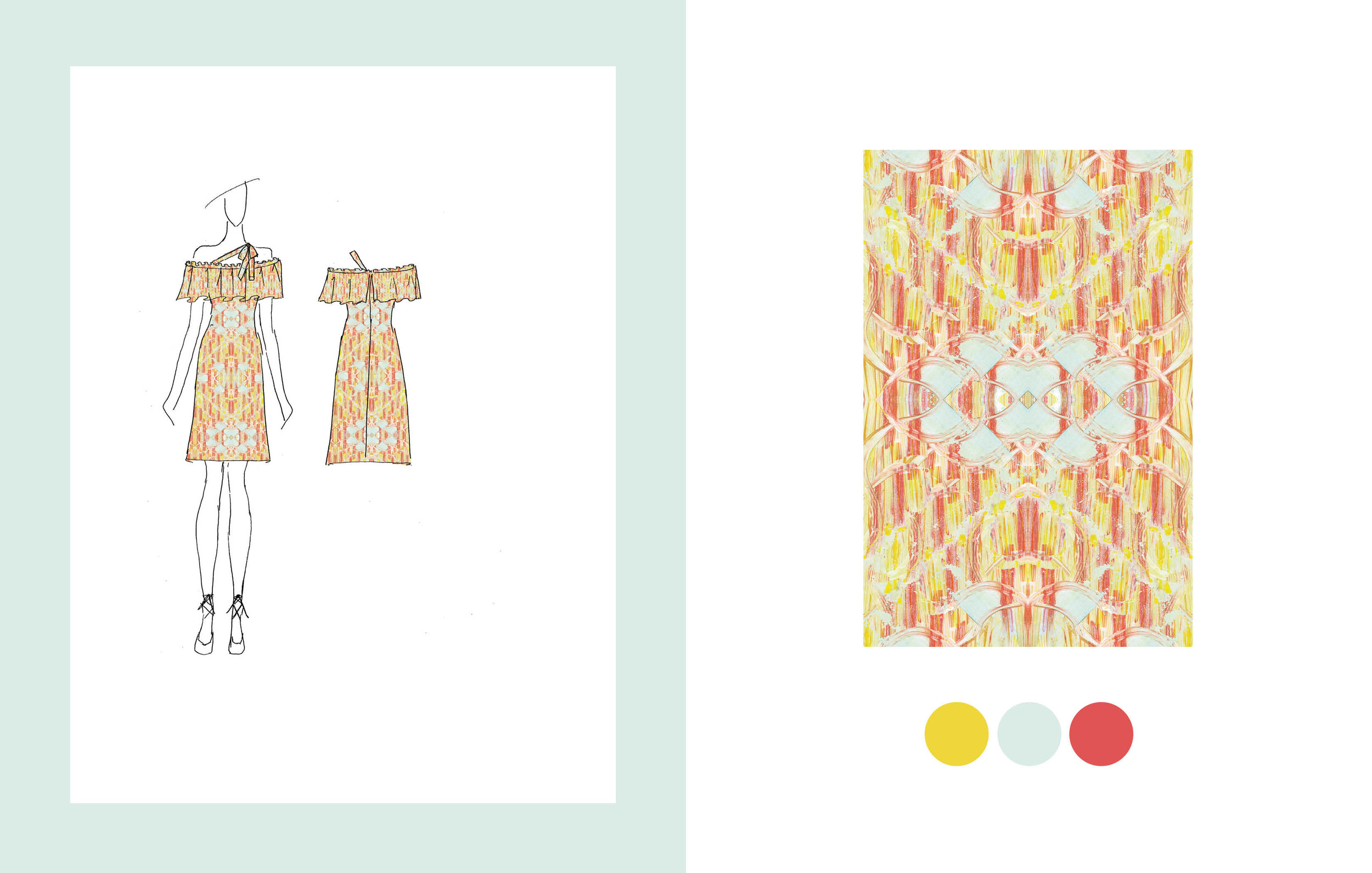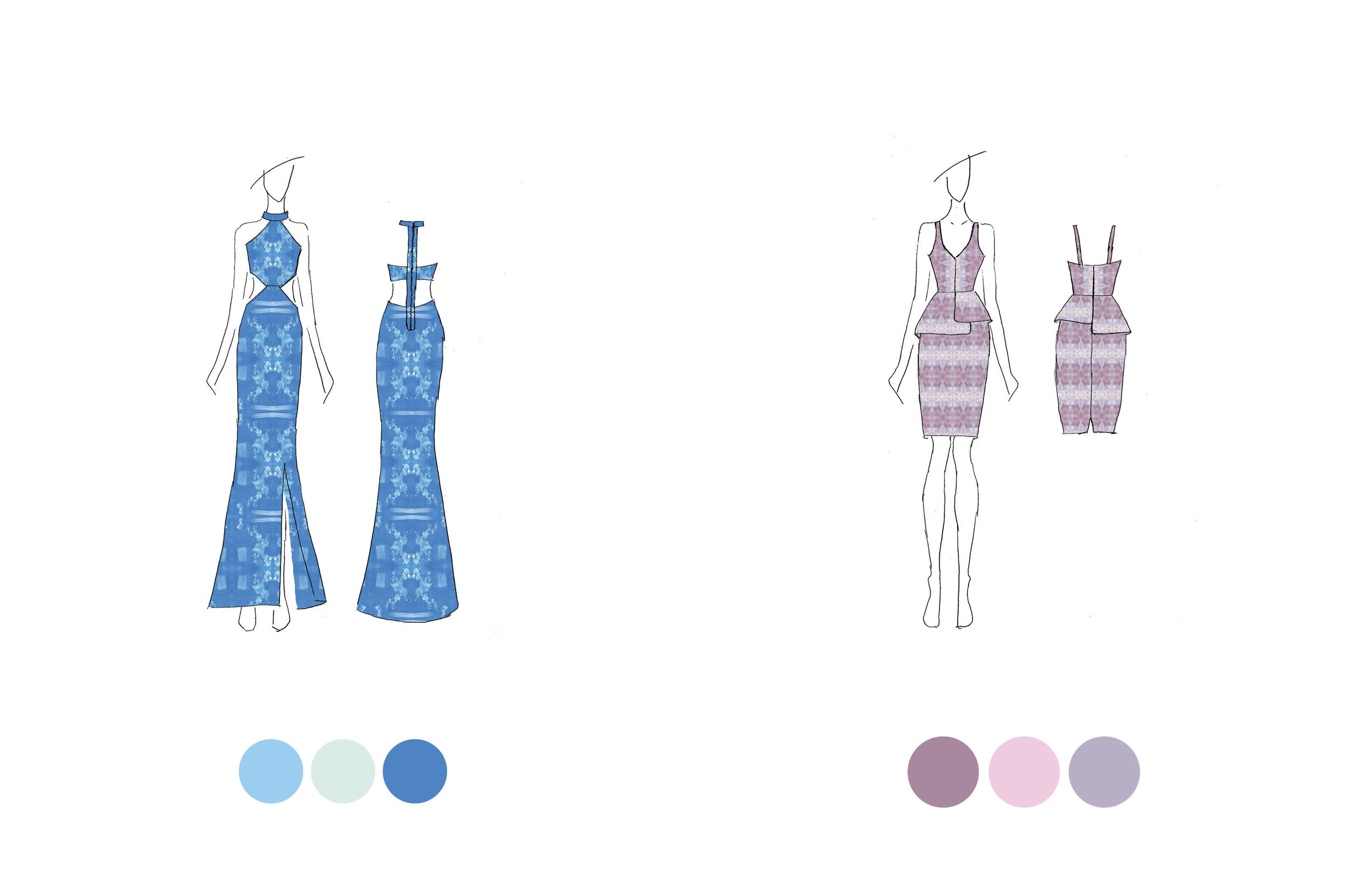view from transcending duality






There is a beauty of being in a specific place and building connections to it, to the people – it makes this ordinary place you can locate on a map, a special space where one has feelings attached to it. The unique landscapes illustrated contain a half-hidden geology of existence: memories, hurts, triumphs, and stories in our lineage that have not yet been fully told, as David Whyte points out in his book Consolations. There is a conversation of elements that allows the place to incarnate and be fully itself.
The landscapes represented are drawn with gestural lines made by voluntary movements. This one-line continuous gesture is a direct depiction of emotion, and with this technique ambiguity is created due to the fact that what you will see is a drawing created from memory and emotional representation on the given place and space.
The ambiguity of the spaces depicted represent the single story that is told about Colombia. That single story is juxtaposed with three-dimensional elements to “regain paradise” and to repair the broken dignity. The artist accentuates the rich variety of people’s lives and their experiences with space: from locals to tourists, from sites that everyone visits to spaces where impoverished people live. These are stories told from the inside out - stories of Colombia by a Colombian. By considering points of view, the stories avoid single-sided stereotypes that are not based on racism. The overall composition of each piece expresses the artist’s understanding that humans cannot be categorized in a single story.
mixed media (watercolor on watercolor paper, embroidery, and weaving techniques)
hand-bound book using handmade paper for cover
why i write. why i create
We all see the same moon and it is always the size of a thumb. The sky looks the same everywhere, but the colors of magical sunsets blend together perfectly to create beauty. Why can’t life be as simple as that? Why are our lives directed by capitalism instead of true human values like modesty and humbleness?
I’m trying to say society has taught us to be superficial, to overlook uniqueness, and to dismiss the extraordinary in our day-to-day ordinary lives. But I’m also trying to say that society has told us to look at one pathway and dismiss any other sort of information that doesn’t fit our limited worldviews.
I’m trying to say that we are constantly classified into a simplified spectrum from light to dark. But I’m also trying to say that once we trespass that and actually get to know people’s experiences, we access a different dimension of life and we become truly present in a civilized world with a true spectrum of infinite color.
I’m trying to say that the color of my skin should not dictate how I should act, what I should wear, how I should speak, or how I should live. But I’m also trying to say that we should not run from our characteristics, both physical and acquired.
I’m trying to say it is not bad to be different. But I am also trying to say that it should not define how I live my life.
I am inspired by the vivid colors of my culture and influenced by memories of home in Colombia. Art and writing permit me to liberate my emotions and, in a certain way, feel at peace… at least for a couple of minutes.
palenquera
watercolor on watercolor paper
guambiano
indigo dyed cotton with various shibori techniques
Guambiano - a Colombian indigenous tribe; they inhabit in the state of Cauca.
There are 87 different Colombian indigenous tribes that represent about 1.5 million of people. However, they make up for 3.5% of the total population. Indigenous tribes in Colombia have been threatened by industrial activities and have suffered from forced displacement and civil wars.
What is there? What is absent? This piece highlights the Guambiano culture, praising their way of living in an attempt to exalt to give them importance and a voice.
pattern design
monoprints made into patterns
Lookbook for Tropicus Spring-Summer 2017 Collection - Designs by Patricia Abdala
what have we lost?
From left to right: Fulgencio Batista, Pablo Escobar, Hugo Chávez, Osama Bin Laden, Adolf Hitler, Kim Jong-un
watercolor, pen, and marker
reportage
watercolor, pen, and marker
melancholic memories
acrylic on canvas






























